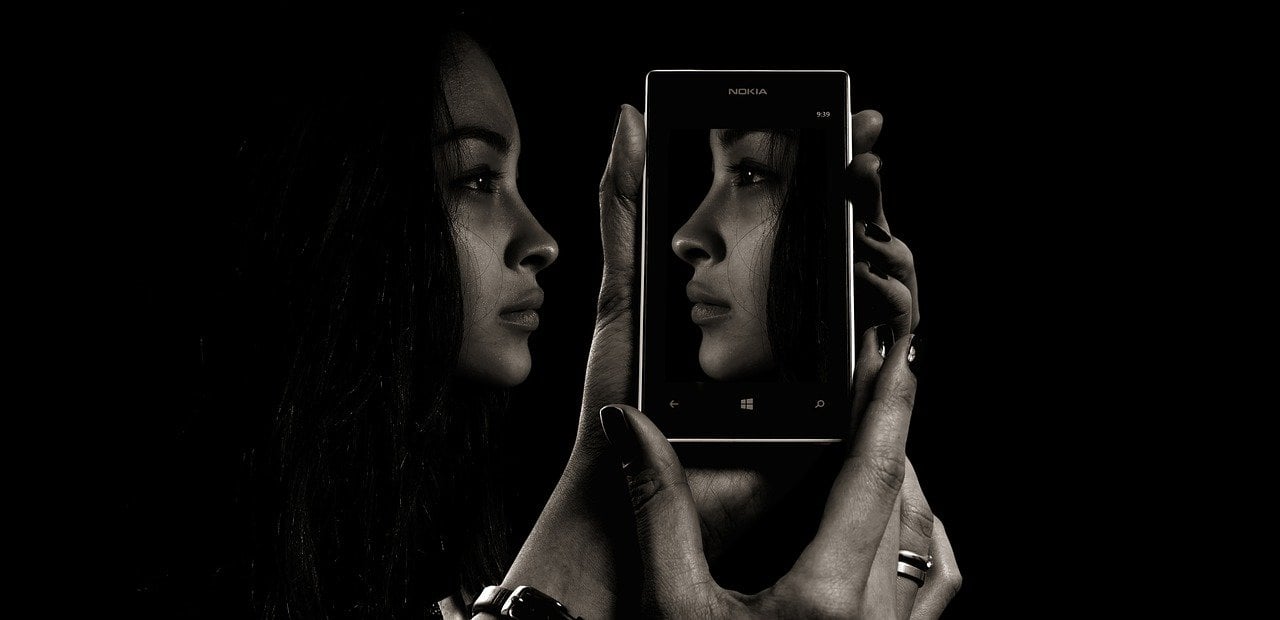
I often get questions from family and friends about how my psychology degree is related to user experience (UX). Thus, I felt inspired and compelled to illuminate a few of the many ways psychology and UX overlap and help answer questions I have sat with in the past. How do user experience and psychology intertwine? What can you bring from psychology to UX?
Before we get started, here are the definitions of UX and Psychology:
- Psychology: According to the American Psychological Association, the practice of psychology involves the use of psychological knowledge for any of several purposes: to understand and treat mental, emotional, physical, and social dysfunction; to understand and enhance behavior in various settings of human activity (e.g., school, workplace, courtroom, sports arena, battlefield); and to improve machine and building design for human use. [1]
- User Experience: Users’ systematic study to discover behaviors, needs, motivations, and trends by observations, analysis, and other user feedback. [2]
Research
Both psychology and UX form hypotheses, conduct research using various methods, and validate their ideas on human behavior. They explore and study human cognition, feelings, and behaviors, and examine performance under various conditions and in different environments. Both fields of study employ similar research methods such as surveys, in-depth interviews, and diary studies, and use qualitative and quantitative data analysis to understand the why.
Empathy
In UX and psychology, it is extremely important to recognize that sometimes (most of the time) we are not affected by a problem that affects others. Empathy plays a critical role in psychology, UX, and how we communicate with others. Empathy is the ability to perceive the emotions of others and resonate with them emotionally and cognitively, coupled with the ability to see the perspective of others and differentiate their thoughts and feelings from our own. [3] In UX, it is a very important skill to understand the needs of users and how users are interacting with products from their standpoint.
Maslow’s Hierarchy of Needs
According to Maslow’s Hierarchy of Needs, human beings have five categories of needs: psychological, safety, love, esteem, and self-actualization. [4] This theory states that the appearance of one need usually rests on the prior satisfaction of another, more important need.
Maslow’s Theory helps psychologists and UX professionals understand that before humans can progress, certain tangible and intangible needs must be met. Thus, this psychological theory can help UX researchers and designers make connections between human needs and the way our research and product designs can meet the needs of individuals depending on which level we focus.
UX is derived from psychology
UX Research informs UX designers who the users are and what interfaces will best suit their needs From there, design-conscious efforts can be made. Psychological phenomena are involved in determining these processes in several ways. Here are just a few examples:
12 Jungian Archetypes
Carl Jung, a psychiatrist and psychoanalyst in the late 1800s, noted that within the collective unconscious exists a number of archetypes that are shared universally. An archetype is a model image of a person or role that can be used to construct personas. The mother figure, for example, is nurturing, dependable, and caring. Similar ideas of a mother figure are held across several cultures and species. Likewise, in UX, user personas are archetypical users whose characteristics represent the needs of a larger group of users.
Von Restorff Effect
The Von Restorff effect, also known as the isolation effect, predicts that when multiple similar objects are present, the one that differs from the rest is most likely to be remembered. [5] This theory was coined by Hedwig von Restorff who found that when participants were presented with one distinctive item among similar items, memory for the item was improved.
In UX, key takeaways include:
- Do make important information visually distinctive
- Do use restraint when emphasizing visual elements to avoid them competing with one another
- Don’t rely solely on color to communicate contrast, but rather explore shapes, sizes, textures, etc. to avoid excluding those with color deficiency
Visual Psychology (Gestalt Principles)
Gestalt psychology describes how visual elements are perceived by the human eye. Visual elements of different shapes and sizes can evoke different feelings within people which can be identified through psychology. More specifically in UX, Gestalt principles can inform designers how shapes, colors, and patterns resonate with users.
[6]
In summary, psychology and UX are very much intertwined - from research methodologies and processes to communicating with users to producing meaningful designs. As illustrated by the above examples, psychology is an integral part of the UX research and design process. Therefore, having an understanding of psychology is advantageous and provides an excellent based for understanding user experience through the lens of human behavior.
At Key Lime Interactive, we understand that psychological principles indeed play a significant role in research and design processes. Thus, our continued dedication to understanding how the mind works affords us the ability to take a human-first approach when conducting effective research to meet users' needs. To learn more about how we can assist in your next CX/UX research project, please contact us.
Sources
[1] American Psychological Association. (2015). APA Dictionary of Psychology (2nd ed.).
[2] Question Pro: User Experience Research: Definition, types, steps, uses, and benefits
[3] National Library of Medicine
[4] National Library of Medicine
[5] Springer Link
[6] Burkhard, R.A. (2005). Knowledge Visualization - The Use of Complementary Visual Representations for the Transfer of Knowledge. A Model, a Framework, and Four New Approaches.









Comments
Add Comment